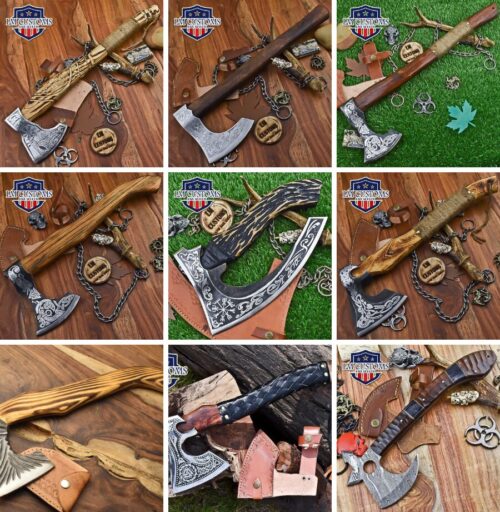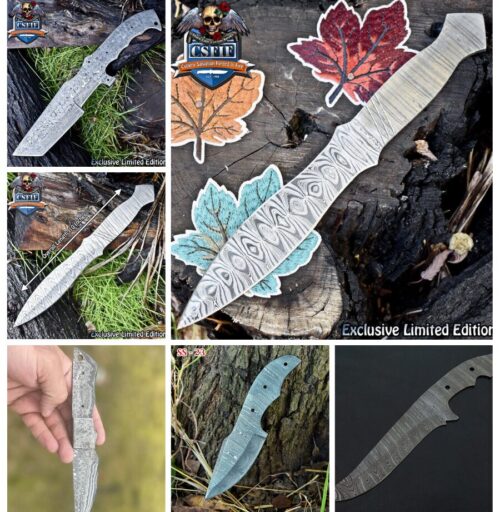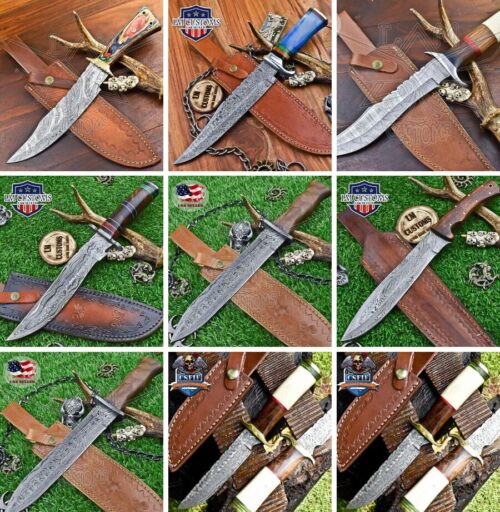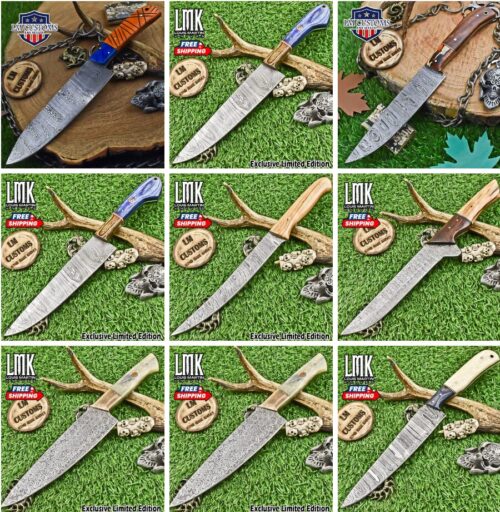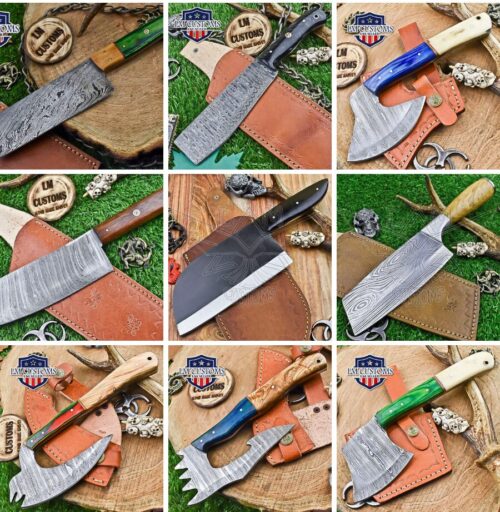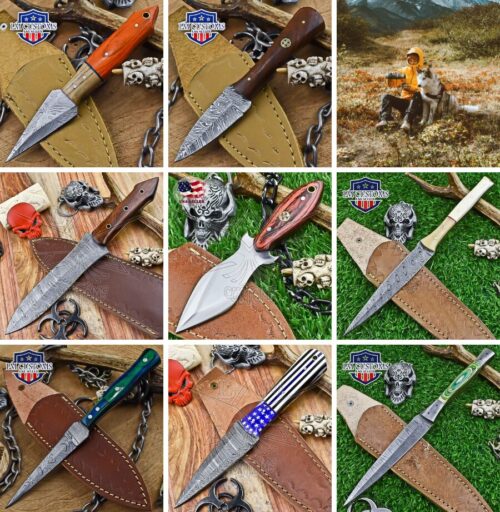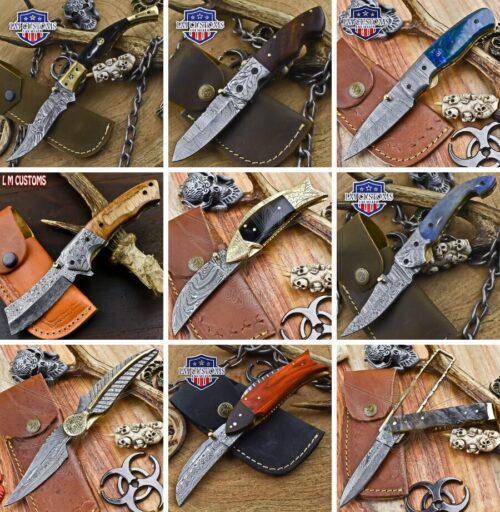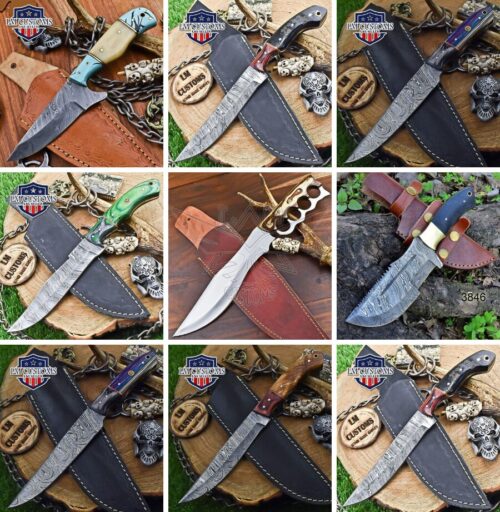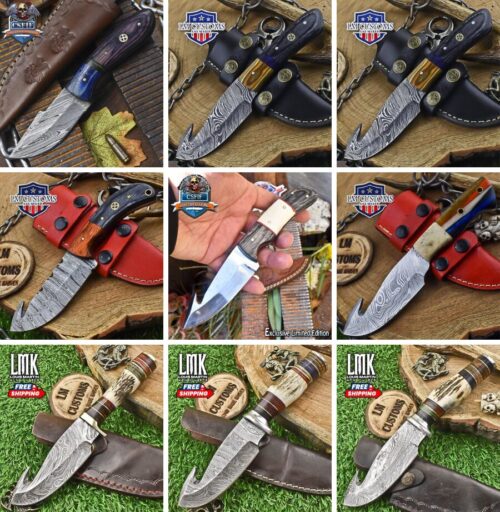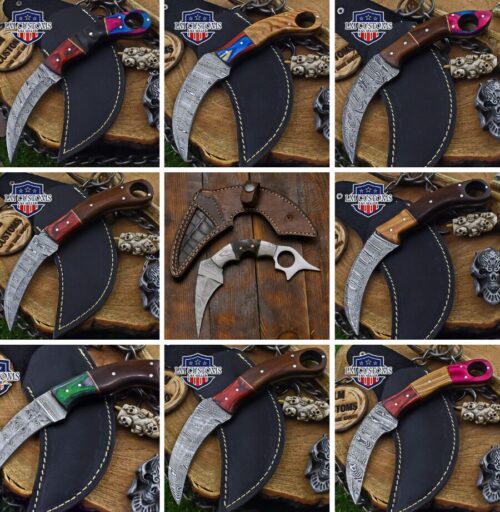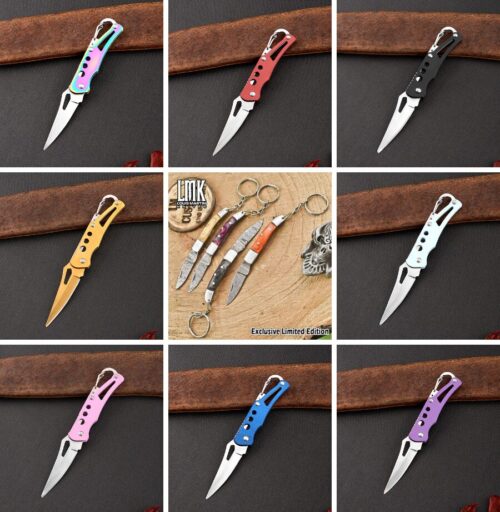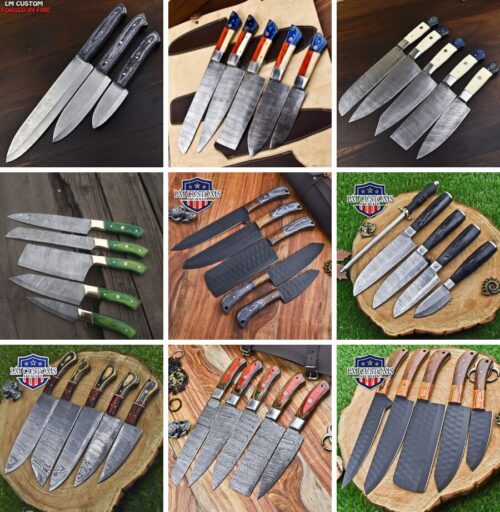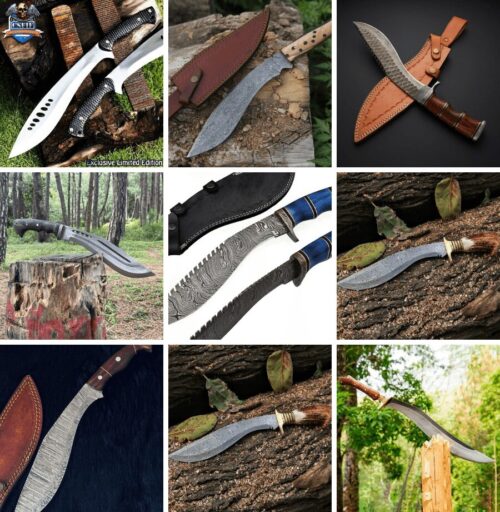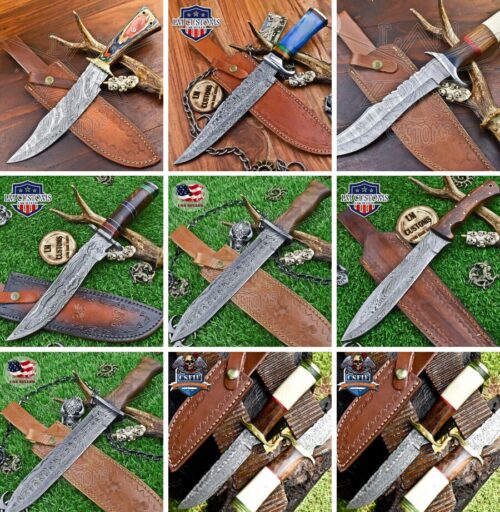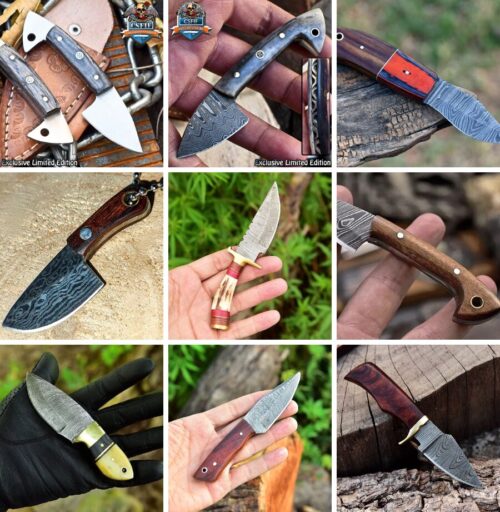The Versatile Axe Knife: A Unique Blend of Power and Precision
In the realm of cutting tools, there exists a unique fusion of raw power and precision known as the Axe Knife. This remarkable tool seamlessly blends the might of an axe with the finesse of a knife, making it an indispensable asset for both outdoor enthusiasts and seasoned chefs alike. In this article, we will delve into the world of Axe Knives, exploring their history, key features, and offering valuable cleaning tips for their upkeep.
- The Evolution of the Axe Knife: A Historical Overview
- Key Features of the Axe Knife
- Axe Knife Applications: From the Wild to the Kitchen
Most Selling Axe Knife
Cleaning Tips
Rust Prevention
Effective cleaning techniques to prevent rust on your Axe Knife.
Optimizing Performance
Tips for achieving optimal performance by sharpening the blade
Lubrication
Maintaining your Axe Knife through lubrication and proper storage.
Forged to Perfection: The Unique Axe Knife
Outdoor Adventures:
For those embarking on outdoor adventures, the Axe Knife is an invaluable companion. Whether it’s splitting logs for a campfire, clearing a path through dense underbrush, or crafting tools for wilderness survival, this tool proves its worth in the hands of adventurers, campers, and survivalists.
Culinary Excellence:
Within the culinary world, the Axe Knife has earned its place as a professional chef’s trusted tool. Its exceptional chopping and slicing capabilities make it ideal for preparing a wide range of ingredients, from meats and vegetables to herbs and spices. The precision it offers in the kitchen is unparalleled.
Everyday Utility:
Beyond specialized tasks, the Axe Knife serves as a reliable everyday tool. Its sharp blade can cut rope, open packages, and perform numerous household tasks, making it a versatile addition to any toolkit. Selecting the perfect Axe Knife involves considering several factors. Choosing the right size and weight is crucial. Smaller, lighter models excel in precision tasks, while larger, heavier ones are better suited for heavy chopping. Your intended use should guide your decision.
The blade’s material greatly influences its durability and sharpness. High-quality stainless steel or carbon steel blades are popular choices. An adequately sharp blade ensures efficient cutting, so look for a knife with a reputation for maintaining an edge. Comfort is essential, especially during extended use. Look for handles with ergonomic designs that reduce hand fatigue. The material should suit your preferences, whether it’s wood for a classic feel, rubberized for a secure grip, or synthetic composites for durability.
Safety is paramount when dealing with sharp tools. Many Axe Knives come with sheaths or blade guards to protect both the blade and the user during storage and transport. Ensure that your chosen Axe Knife includes these essential safety features. Proper maintenance ensures the longevity of your Axe Knife. After each use, clean your Axe Knife thoroughly by rinsing off any dirt or debris with warm, soapy water and a sponge. Dry it meticulously to prevent rust, particularly if it features a carbon steel blade.
To prevent corrosion during storage, apply a thin coat of mineral oil to the blade. Store your Axe Knife in a cool, dry place, ideally in a sheath or blade guard to protect both the blade and yourself. Periodically inspect the handle for signs of wear or damage. If you notice any cracks or loosening, consider replacing the handle or seeking professional repairs to ensure both safety and functionality.
The Unique Axe Knife, a true marvel of engineering and craftsmanship, stands as a testament to the ingenuity of tool designers.
The Evolution of the Axe Knife: A Historical Overview
The concept of combining an axe with a knife is not a recent innovation. Historically, many civilizations have utilized similar tools, often referred to as bushcraft knives or survival knives. These early versions were fashioned out of primitive materials, but they laid the foundation for the modern Axe Knife.
Throughout history, these dual-purpose tools found use in a variety of contexts. Early hunters and gatherers relied on them for hunting, skinning game, and crafting tools. Over time, as metallurgy advanced, these tools evolved into more specialized implements.
An Axe Knife typically consists of three main components: the blade, the handle, and the weight distribution. The blade is designed to combine the chopping power of an axe with the precision of a knife. The handle is carefully crafted for durability and grip, often featuring ergonomic designs for comfortable use. The weight distribution ensures balance, making the Axe Knife efficient for a range of tasks.
Craftsmanship Unveiled: The Damascus
Axe Knife
Discover the exquisite artistry and unmatched durability of the Damascus Axe Knife, a masterfully crafted tool that combines precision and power for a range of demanding tasks.
